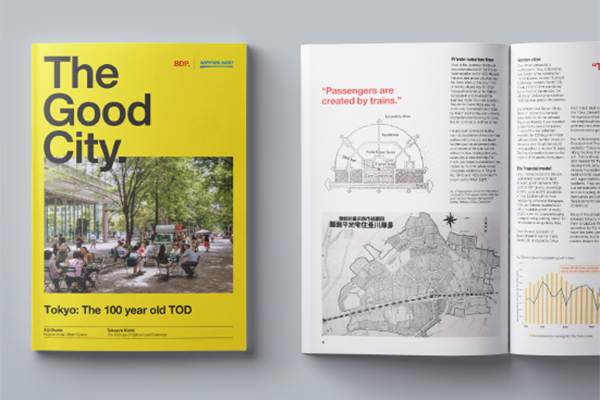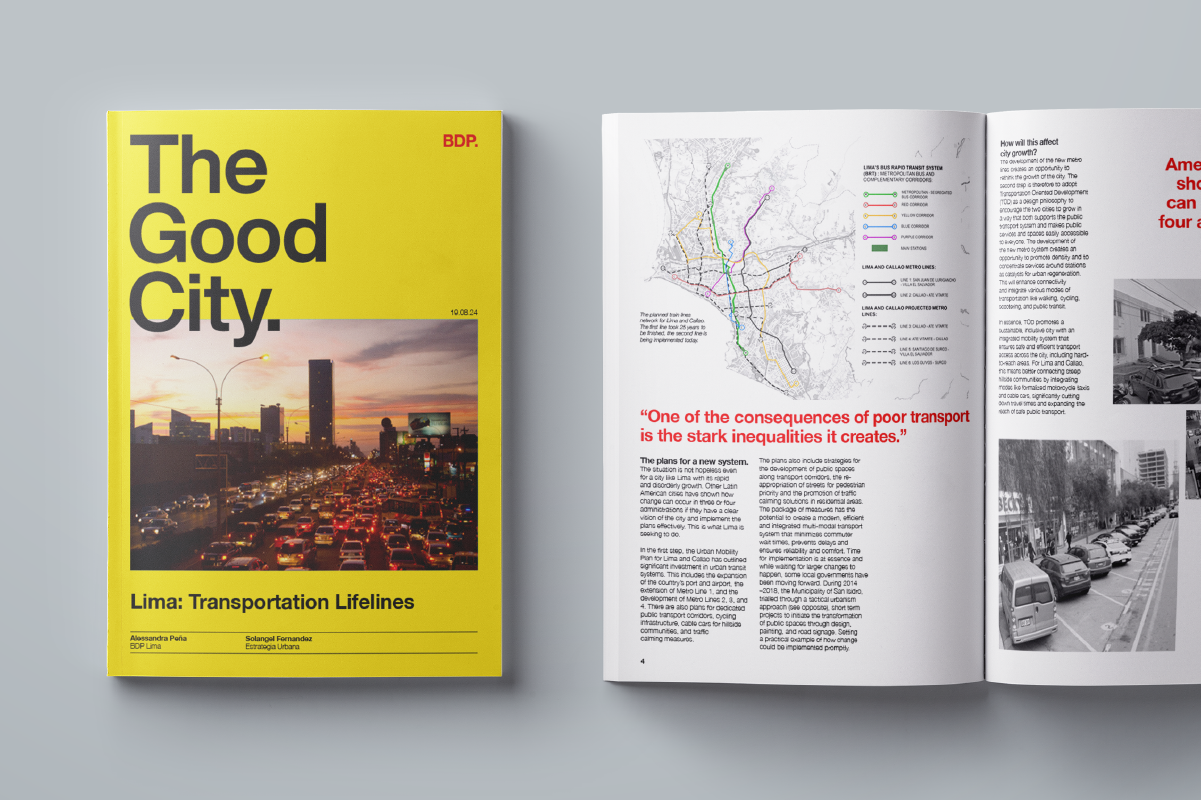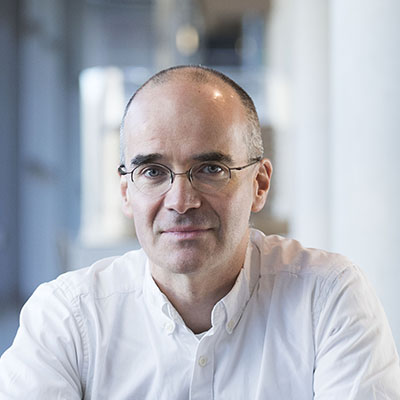Themes
People need to travel in and out of the city and between its constituent parts to get the full benefit city life. Moving people around effectively involves three factors: distance, density and transport mode. Efficient transport systems are important but they need to relate to urban form.
For rail based systems to operate efficiently there needs to be sufficient density around transit stops. Buses and Bus Rapid Transit (BRT) are more flexible and can serve lower densities. However, if urban sprawl causes densities fall too far, cities can become car-dependent.
The advent of electric cars, ride sharing, micro-transit such as electric bikes and scooters and even driverless cars is changing options for low density cities, although congestion remains a problem. The Good City is likely to be one that supports efficient public transit systems so that most journeys are possible without a private car.
Five ‘Good City’ solutions
1. Future urban mobility
The Good City needs to invest in both mass transit systems and last mile micro mobility and delivery solutions. This will provide an efficient and cost effective alternative to the car reducing the need for road infrastructure, car parking and making better use of land.
2. Development around transit stops
Transit Oriented Development (TOD) is central to The Good City concept. This means intensifying housing, workspace and public facilities around new and existing transit hubs to enable sustainable growth. This includes the densification of suburbs and urban extensions along new lines.
3. Multi modal transfer
The efficiency of transit systems is dependent on the ease of transfer between different modes. Different forms of transport need to be integrated both in terms of their design and location as well as through joint ticketing and ‘transport as a service’ apps.
4. Minimising car usage
For both the environment and the health of citizens the Good City should seek to minimise the use of cars. Solutions should include pedestrianised streets, low traffic neighbourhoods, super blocks, congestion charging, parking management and car-free residential schemes (where cars are restricted to peripheral ‘car barns’). The design must also consider passenger drop off and pick ups to support people where vehicles support their accessibility to the city.
5. Streets for everyone
Reducing the impact of cars can allow the Good City to reclaim its streets for its people. By including shared spaces and pedestrianised areas, play streets and ‘grey to green’ landscaping, cities can improve the liveability and wellbeing of urban communities.
Case studies

The 100 year old TOD
Tokyo, Japan
Tokyo is a city based almost entirely on public transport. The Head of Urbanism in NKUrban Tokyo Studio’, Eiji Okada talks with planning expert Mr. Takayuki Kishii about how this came to be and what other cities might learn from the Tokyo model.

Transportation Lifelines
Lima, Peru
Solangel Fernandez, Director of Estrategia Urbana, and Alessandra Peña from BDP’s Lima office explore the challenges associated with planning the world’s largest city without a metro in this Good City insights paper.


